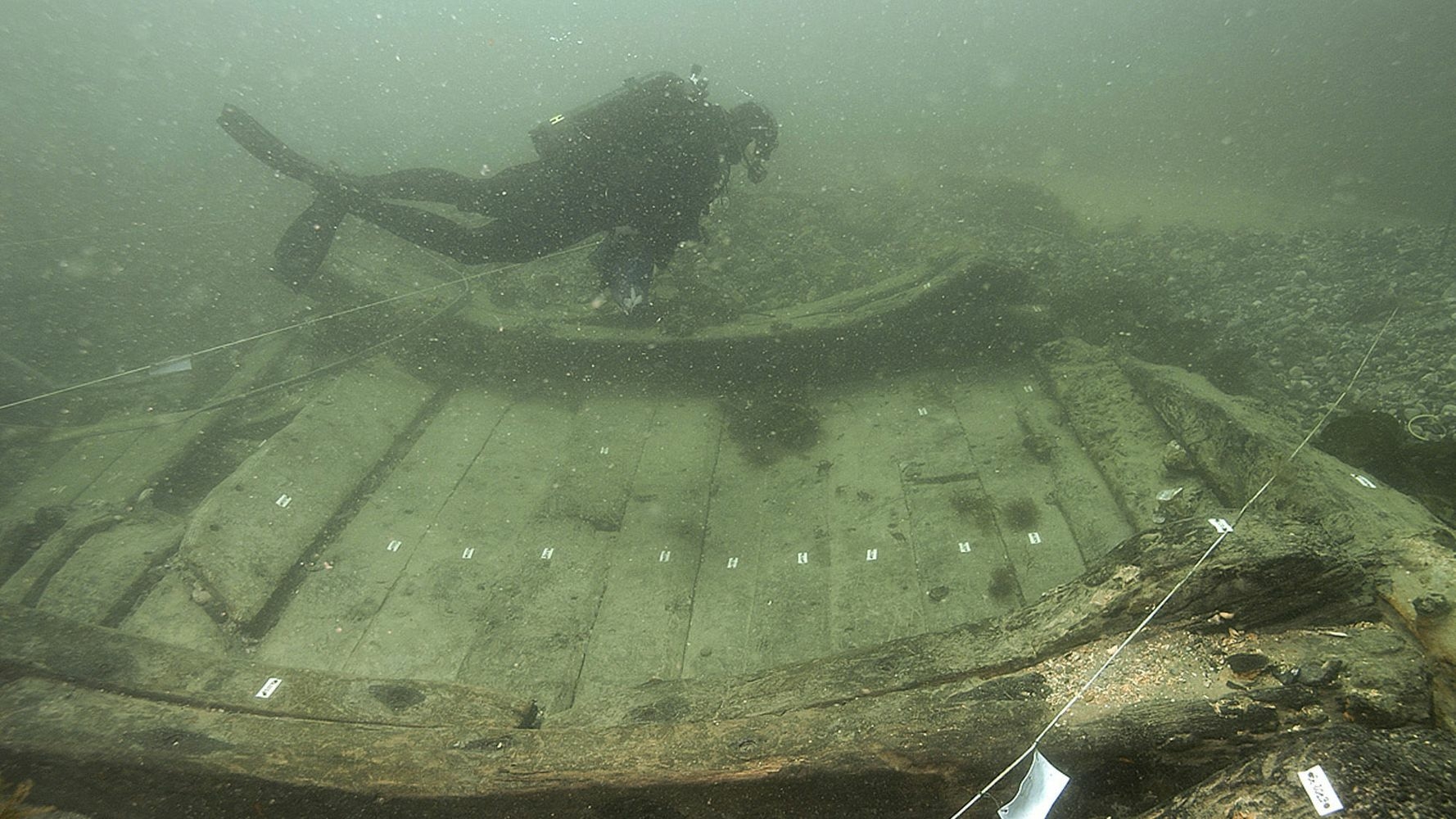Underwater archaeology
Deep on the ocean floor lie shipwrecks and submerged archaeological sites such as the Grotte Cosquer cave and port structures. Enjoy a fascinating introduction to these underwater worlds, site prospecting and shipwreck excavation techniques, and the methods used to reconstruct, analyse and conserve them.

The seabed is covered with boats wrecked in Antiquity, the Middle Ages, or in more recent times and archaeological sites on land but now under water, such as the Grotte Cosquer. This website provides a fascinating introduction to these underwater worlds, site prospecting and shipwreck excavation techniques, and methods to reconstruct, analyse and conserve them.
From wreck exploration to the study of submerged land sites
Visitors to the website discover milestones in human underwater exploration since Antiquity, before learning more about shipwrecks and submerged sites. Maps guide visitors to major wrecks excavated along France’s Channel, Atlantic and Mediterranean coastlines including those sunken at the base of the Natière reef (La Natière). A special section is devoted to the Grotte Cosquer, the only cave of its kind in the world, decorated with paintings and engravings, made between 33,000 and 19,000 years ago, preserved in this partially submerged site. The rediscovery of the Lighthouse of Alexandria is also explored and illustrated over several pages.
Methods of underwater archaeology
A more technical section explores the highly specialised methods of underwater excavation, the latest ways to explore deep-water shipwrecks, the equipment used, and the treatments needed to conserve this particularly fragile heritage which rapidly deteriorates when taken out of the water.
A section on the research community provides an introduction to the French Department of Underwater Archaeological Research (DRASSM) and other research and facilitation organisations.

